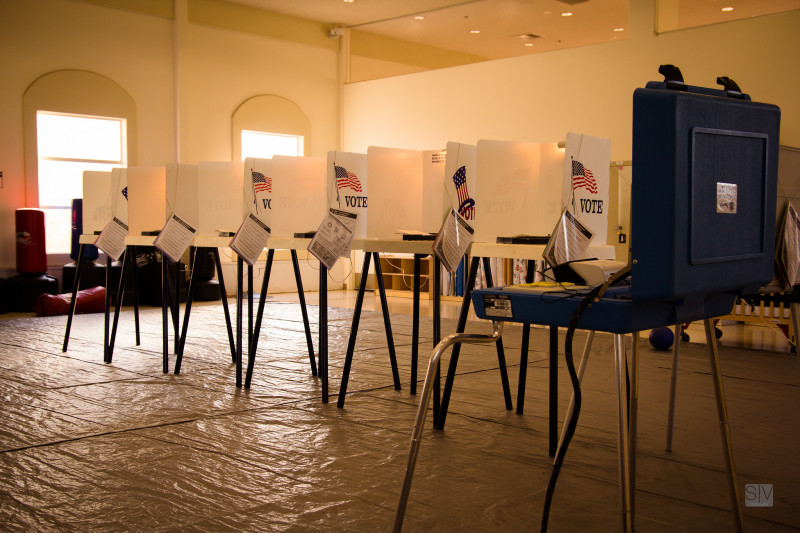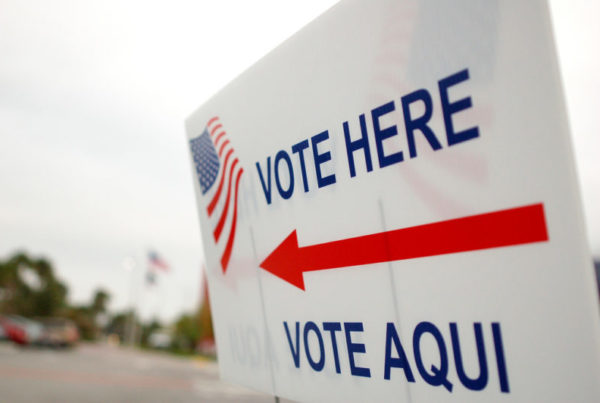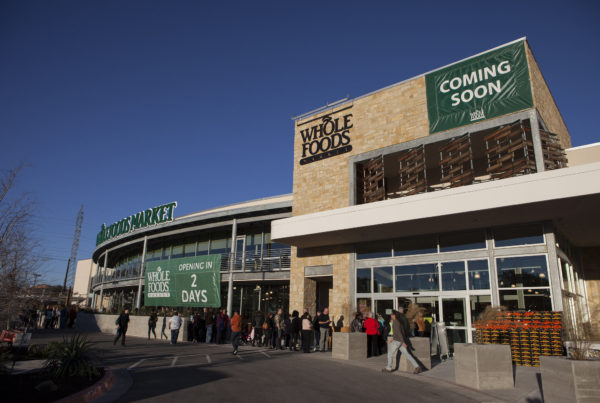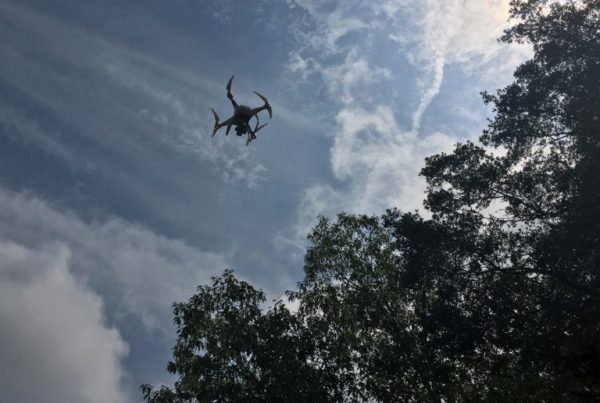When it comes to casting your ballot at the voting booth, we hear this phrase a lot: “Make your vote count.” But in an age where cyberattacks seem to be happening every day around the globe, maybe we should head to the ballot box with another phrase in mind: “Make your vote safe.”
Dallas County officials reported this week that Russian hackers targeted the county’s web servers in the run-up to last November’s election, in a possible attempt to access voter registration databases. The county was able to prevent the attacks after the Department of Homeland Security alerted local officials to hundreds of suspicious Internet Protocol addresses.
“There’s been an increasing array of sharing across federal, state and local, and even in the private sector, because if we can communicate potential threats to those that are trying to protect and defend systems, they’re going to be more likely to keep the data on those systems secures,” says Daniel Ragsdale, the director of Texas A&M University’s Cyber Security Initiative.
Ragsdale says that whether or not a hacker is successful largely depends on the level of expertise and resources of an agency or organization’s IT staff.
“The amount of effort and resources and level of interest that’s put to securing things is going to have some systems that are more secure and some that are less secure,” he says.
While that could be bad news for Texas counties that have less money than Dallas County, Ragsdale says that expertise is as important if not more than resources. He points to Texas A&M’s emphasis on training students in cybersecurity as an effort to increase Americans’ cybersecurity knowledge and skills so they can help protect and defend systems at both the local and federal level.
Ragsdale also says that the U.S. as a whole needs to develop national standard procedures and protocols given the decentralization of systems, such as its elections systems.
“As these systems continue to evolve, we are evolving a set of standards, practices and procedures – both at a national and international level – that will move us from what is currently somewhat of a wild west… of protecting and defending systems, to one where there is standard practices in place,” he says. “[It’s about] hitting that sweet spot between centralization and decentralization, where we have empowered individuals at the lower level and both federal and state guidelines and standards.”
Written by Molly Smith.

















